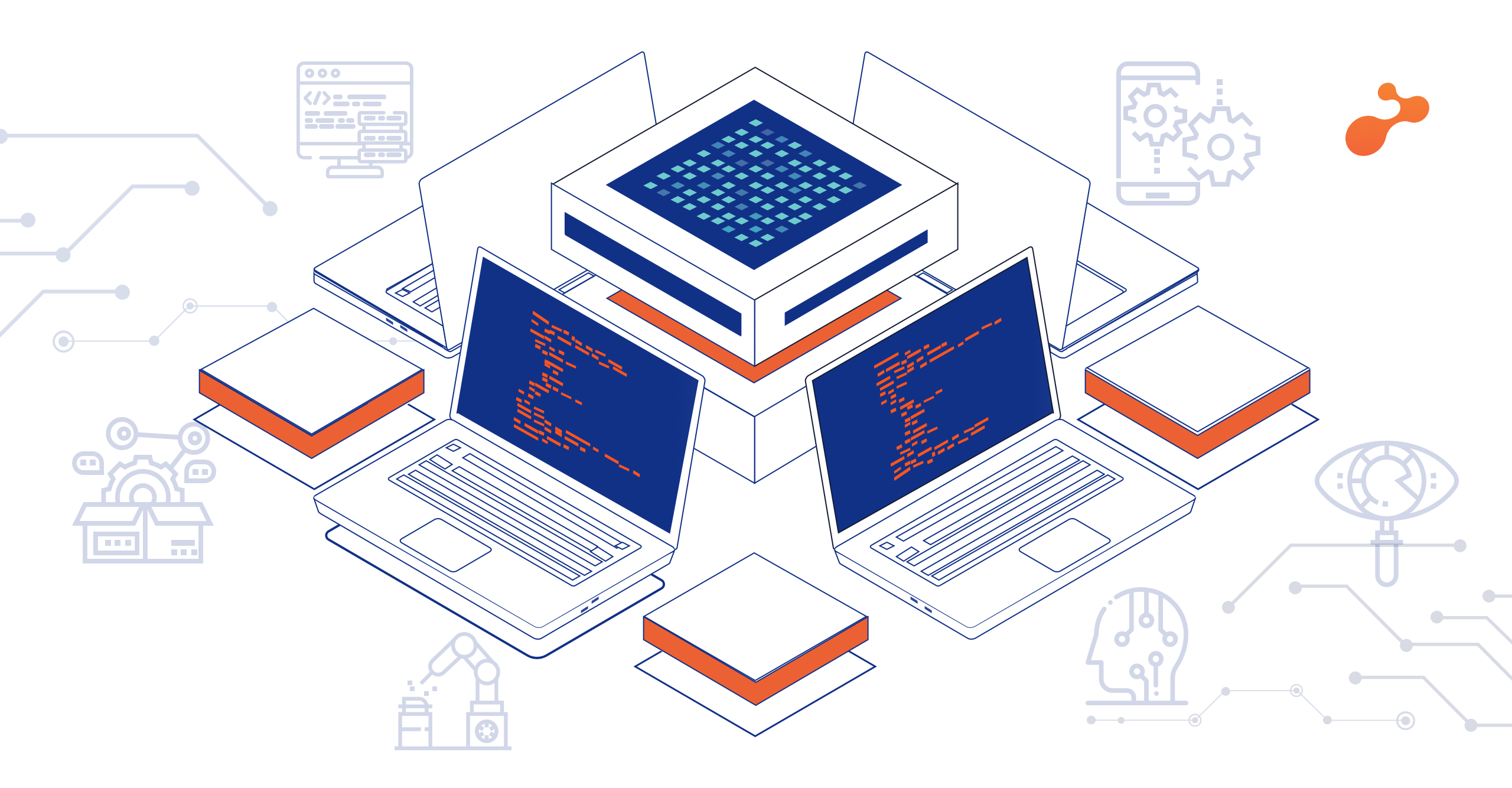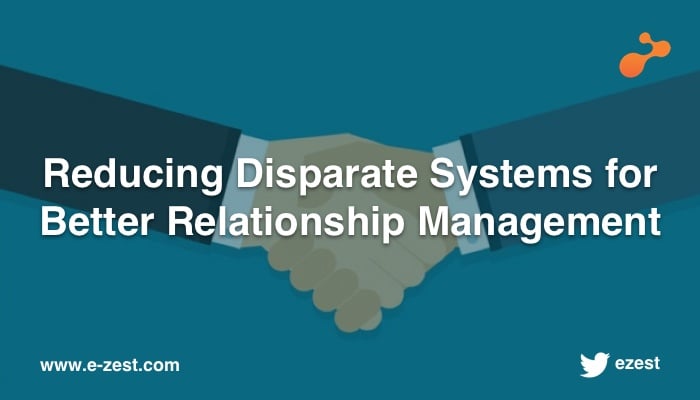
A few months ago, I had the privilege to look at and analyze a trading application, for purposes of feature listing and estimation. Now, it is not uncommon for financial applications to sport all those buttons, sliders and boxes that give the user a feature-rich end product. I also distinctly remember one of the executives iterating proudly about the host of features that their platform was able to provide. Only problem: they were bleeding customers. Some startup was able to dismount their platform from the top user-base position and they were doing it with seeming effortlessness.
Having worked in this domain before, I was used to seeing screens with controls more intricate and complex than a submarine’s console. But it is 2017 and I was still looking at a screen with 18 buttons, 7 check-boxes, 8 sliders and 10 pop-ups. Instead of scoffing at this ‘usability catastrophe’, I decided to embark upon letting the application owners know about where they could be going wrong.
My experience was both interesting and to be frank, a tad bit frustrating. The concept of UX is not just mired in preventing clutter, giving whitespace for the user to breathe or adding pretty buttons to every screen. It goes on to create an interface which is usable, to start with. The basic question that I got was this, ‘We don’t want to give any feature a miss. But you speak about simplicity. How do we reconcile?’ The idea is to introduce features slowly within the application. For example, the trading application at its core, has two functions: buy and sell. Let the user see just the two options, with maybe one or two check-boxes. When he clicks on say, buy, we gradually show him the options he has. Apart from the listing of the stock and the predictors, there will be a button for modifying the trade type. On clicking that, we show the features of stop-loss and trailing-loss. The point, at least for this screen, is to keep things basic and show the advanced stuff for more experienced users (borrowing from ‘Flexibility and Efficiency’, usability heuristic number 7). When an application is looked through the lens of the designer, a heuristic evaluation and other analysis can lead to sound recommendations to improve the user experience.
The world has already moved past the mobile experience revolution and is entering the zones of AR, VR and other non-touch interfaces. The acquisition of users from the current generation is not going to be done just on the basis of trust and legacy. My 21 year old sister doesn’t care to operate an account with the oldest bank in India if her bill payments take forever to find. She is ok with the new bank at the corner which provides a much cleaner, well-organized interface.
Traditionally, fintech applications need extraordinary amounts of investment and patience to build. Each business rule is carefully analyzed and meticulously met. The failure of one rule or one condition hidden somewhere can cause a real catastrophe (which some naysayers would argue is much worse than a usability catastrophe). But isn’t this all the more reason why we must keep things clear and comfortable for the user and not confound him with 10 popups that he could very expectedly miss? UX is not just aimed at making things look nice, but it makes the user be and feel to be in control. Giving him 18 buttons to click isn’t control. The paradox of choice makes him feel overwhelmed with that. It is better to take the user through the same 18 actions in an organized, segmented way.
Steps:
- Tell him what he is going to achieve after all that effort
- Show the system status (heuristic number 1)
- Help him prevent errors and diagnose them if he goes wrong (heuristic number 5 and 9)
- Keep him miles away from visual nightmares
UX can truly make or break for fintech in the future. Newer avenues in the market (with the advent of PSD2 and newer technologies) are going to be harnessed fully with a satisfying user experience. The market is going to be filled with disruptors who achieve explosive growths with new-age UX firmly rooted in the older discipline of it. It is imperative for fintech to adopt better UX and delight the demanding customer of tomorrow.
Source for usability heuristics: https://www.nngroup.com/articles/ten-usability-heuristics/









